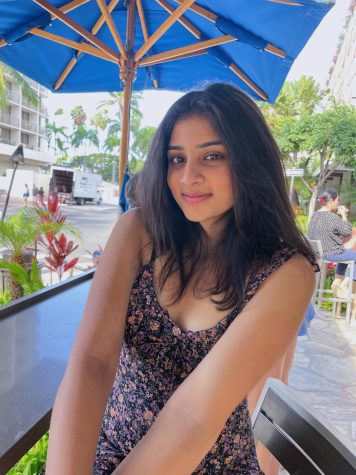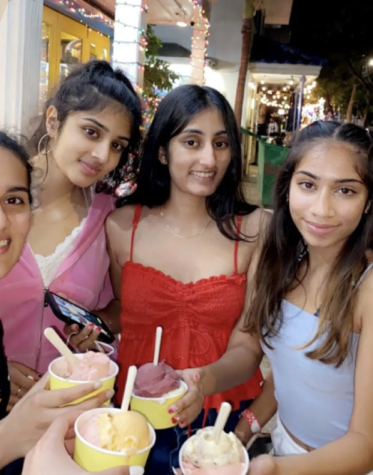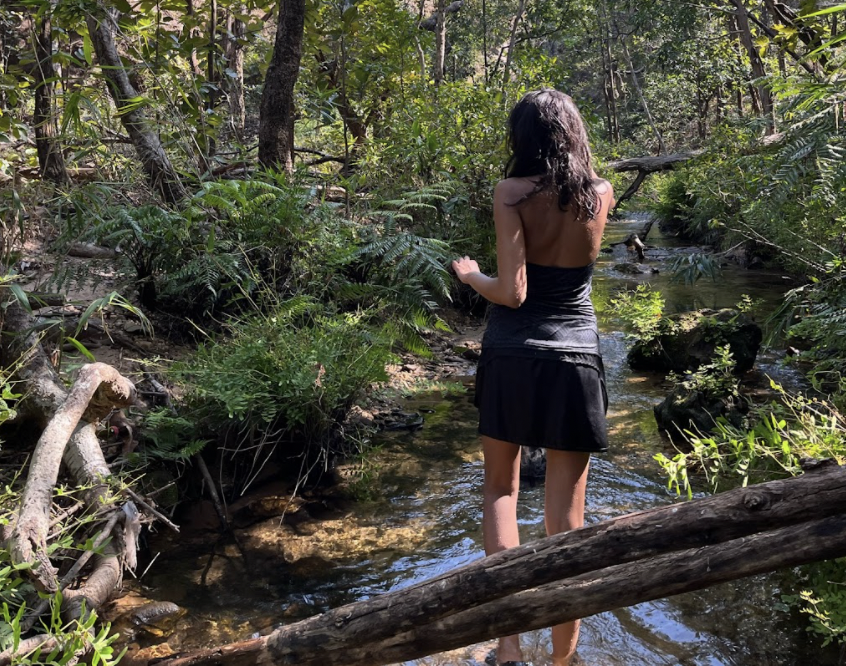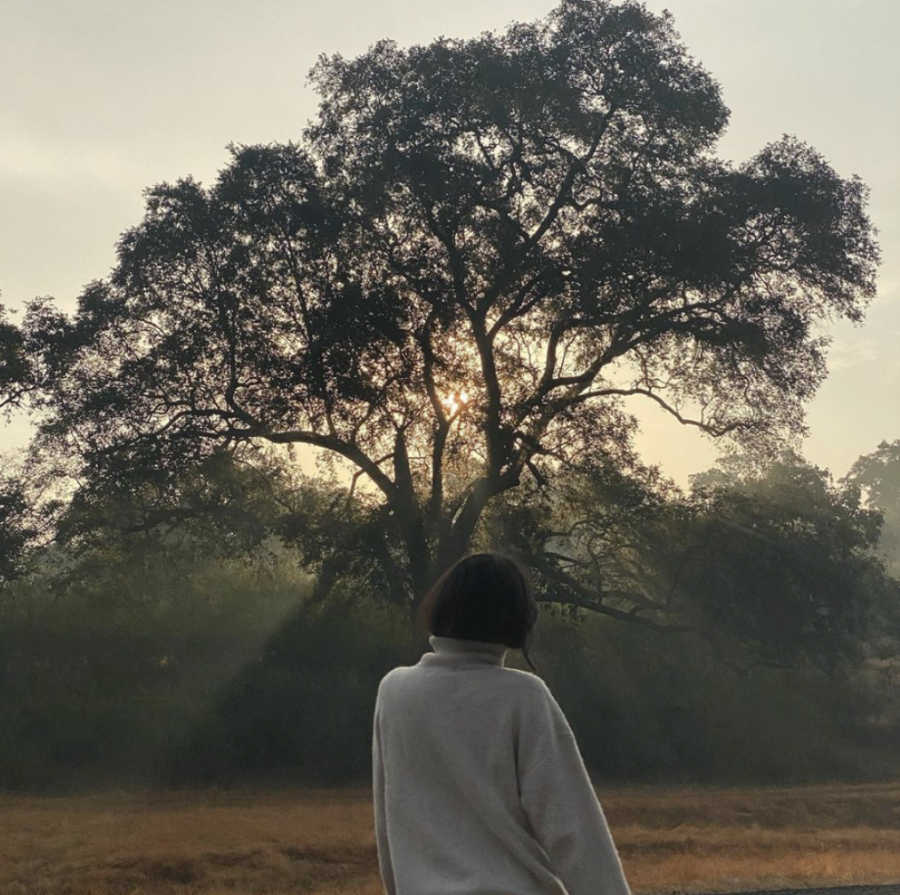Students describe their Winter Break travel experiences
Exploring how travel was affected by COVID-19 safety restrictions
February 3, 2022
After nearly two years of closed borders and canceled flights, many MVHS students used Winter Break as an opportunity to travel for the first time since the start of the pandemic. Following the recent availability of COVID-19 booster shots and relatively loose safety restrictions aligning with the timing of Winter Break, there was a drastic increase in travel throughout the country. Read about the different travel experiences of MVHS students locally, nationally and internationally.
Lance Fuchia: Los Angeles
After driving six hours to Los Angeles for a badminton tournament, sophomore Lance Fuchia took the opportunity to explore the surrounding area — including Disneyland and college campuses like USC and UCLA. He recalls that he didn’t observe many safety precautions being taken at Disneyland, and the lack of an outdoor mask mandate meant that even Disneyland staff were instructing park tourists without a mask. While touring the colleges, however, proof of vaccination was required and contact tracing was implemented, partially soothing Fuchia’s fears of contracting COVID-19.
“I’ve always heard that L.A. is a super fun city, but it turns out that it’s not that clean, and there’s a lot of homelessness — it’s much dirtier than I thought,” Fuchia said. “I thought that the environment near the colleges are super good, but, for example, USC is right next to downtown L.A., so there’s a lot of homelessness and graffiti all over the place. In general, it was kind of underwhelming for me.”
Fuchia explains that avoiding areas with a lot of homelessness, where people were likely to be unvaccinated and untested, was one of the safety precautions he took on his trip. He also got the booster shot before traveling, wore a KN95 mask for the duration of his trip and did an antigen test upon arrival back to Cupertino, which came back negative.
Sooraj Vydyanathan: Bangalore, India
Flying to Bangalore, India for a family reunion, junior Sooraj Vydyanathan says he was worried about contracting COVID-19, especially since he would be reuniting with his elderly grandparents with weaker immune systems for the first time in almost three years. Because he was vaccinated, Vydyanathan recalls that he was worried less about his own health and more about the consequence of not being able to return to the U.S. on time for school, and the risk of spreading COVID-19 to the people around him.
To protect himself, Vydynathan says he wore a mask most of the time and washed his hands as often as possible. He claims that, although any sort of travel to India brings a risk of COVID-19 especially due to the rise of the Omicron variant, the safety precautions helped him feel more comfortable in the country, especially since the safety procedures implemented by India varied in different places.
“In high-end places, you had to wear your mask [and] they provided sanitizers and everything,” Vydyanathan said. “Sometimes in restaurants, they [would] social distance the tables, but there might be food carts that everyone is crowded around where they don’t take those kinds of precautions. It was one of the difficulties [I experienced] because you had to be careful depending on where you went.”
Ritvi Ranka: Oahu, Hawaii
Upon arrival to Oahu, Hawaii, senior Ritvi Ranka was surprised to see a lot fewer people than she initially expected on the “touristy” island. When she visited Oahu in 2019, she says she remembers it being a lot more “packed,” with lines trailing outside of stores and restaurants having long wait times. However, aside from the number of people there, she says the experience was similar to her previous trips to Hawaii, where she visited beautiful sights and spent her time at beaches and stores.

Her family, along with a couple of other families, decided to travel to Hawaii over Winter Break due to the deal they got on flight tickets and the relatively low number of COVID-19 cases within Hawaii. Despite this, they still took precautions on the way there, such as wearing two sets of masks on the flight, washing their hands and not eating on the flight, which was completely full.

In Hawaii, Ranka says the state did a good job of implementing safety procedures to prevent the spread of the virus, but ultimately, she believed that her safety was in her own hands.
“[Most places] asked for vaccination cards from everyone,” Ranka said. “Especially food places where you’re supposed to take your mask off, they ask you for vaccination cards at the door or they don’t let you in. Masks weren’t required and it was very open because things were mostly outside [so] people weren’t wearing masks, but we still wore them. You just have to take your own precautions while you’re there.”
Parmi Shah: Madhya Pradesh, India
From watching swift streams of water rushing down from high cliffs of Dutchess Fall to swimming in the crystal clear lakes of Ramya Kund, senior Parmi Shah took full advantage of her vacation to Madhya Pradesh, India. She had traveled there for her cousin’s wedding, but as per family tradition, she wanted to visit the hill station in Madhya Pradesh that she visited upon every trip to India.
Before her flight, she made sure she had a negative COVID-19 test, which was required to get on the plane, and wore a mask and face shield on the flight. At the actual wedding ceremony, which had around 100 people, Shah describes that there were social distancing procedures and mask requirements implemented, yet several people in her family still ended up getting COVID-19 — at this time, however, she had still tested negative.
Shah describes the lack of COVID-19 vaccinations and information at the remote hill station, and how village residents often treated the virus like a common cold or flu. This lack of safety precautions is what Shah believes resulted in her exposure to COVID-19.
“Villages like [the hill station] don’t really have at-home COVID-19 tests available,” Shah said. “So when people do think that they have COVID-19, they don’t get tested, because what happens is that they literally take you to the hospital immediately. Their procedure is very strict over there, so people are scared.”
After spending a few days at the hill station, Shah experienced a sore throat. After she tested positive with an at-home antigen test, she traveled to the city to take a PCR test, where she tested positive as well. Because she didn’t have “crazy symptoms,” she explains that she simply self isolated in a room away from family for about a week and a half before testing negative and returning on a flight two weeks after her scheduled flight back.
After getting COVID-19 in India, Shah’s view on safety precautions in the U.S. hasn’t changed much — she still wears her mask and gets tested regularly, but says she isn’t as worried due to increased COVID-19 education and awareness in the U.S.



